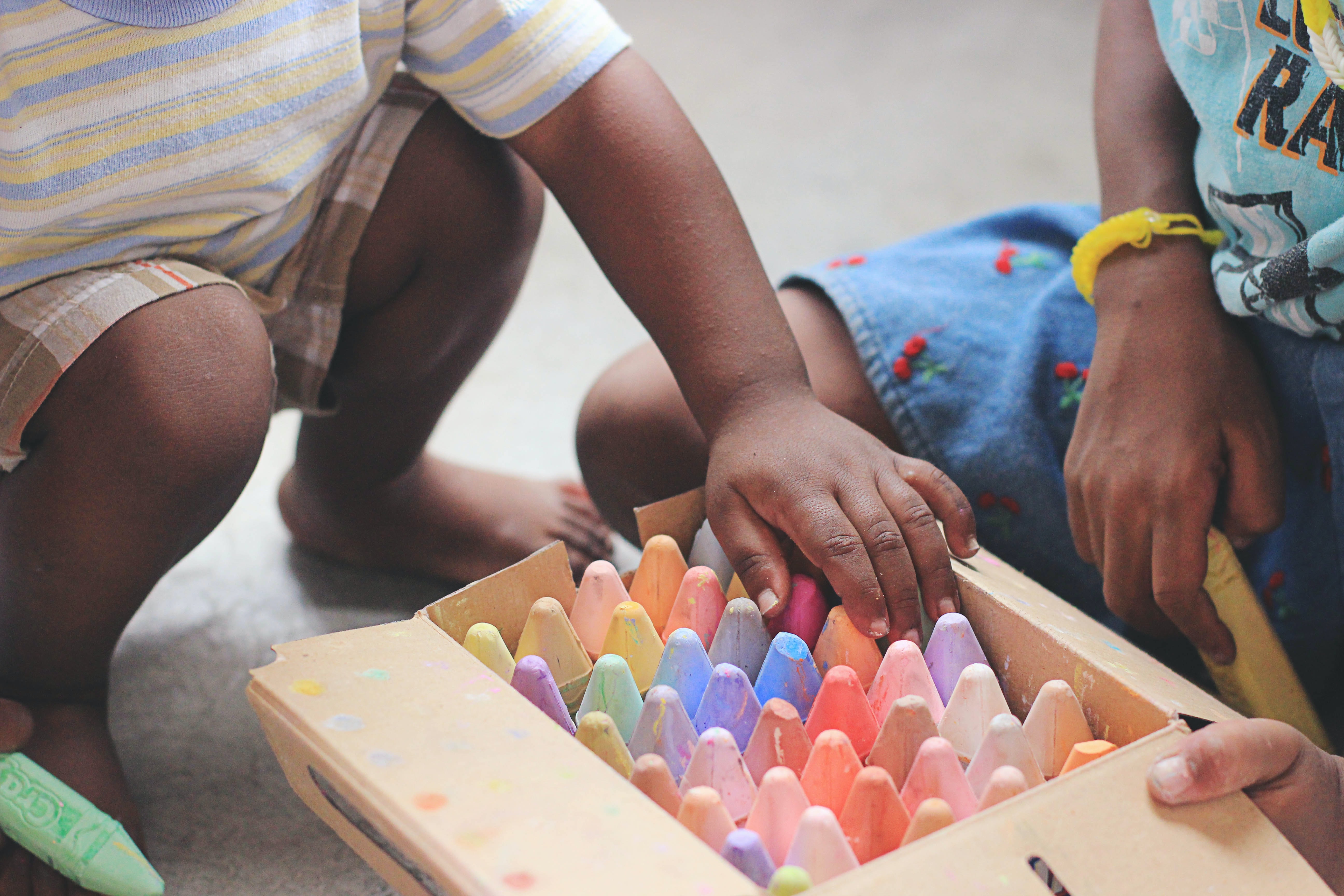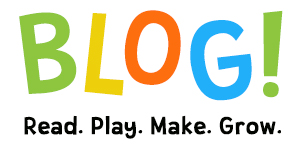
We librarians love a book list, especially when it’s chock full of excellent books! Here are some of our favorite titles that made the cut for this school year’s Rebecca Caudill Nominees, the reader’s choice award for Illinois students in grades 4-8.
 |
Alyssa recommends... |
|
 |
Small Spaces by Katherine Arden 11-year old Ollie’s class field trip to a farm takes a grim turn when the bus breaks down on the way home. Her teacher tries calling for assistance but there’s no cell service out in the cornfields. He orders them to stay on the bus with the driver while he walks back to the farmhouse for help, which means that Ollie and her classmates are now stuck in the middle of nowhere. Already uneasy and with night falling quickly, Ollie’s digital watch begins to display a warning in flashing letters—RUN—prompting Ollie and two of her friends to flee the bus. They head into the woods as the sky grows dark and eerie, pursued by haunted scarecrows. In order to survive the night, Ollie and her friends must avoid large areas and stick to the small spaces instead. Small Spaces is the perfect autumnal read for those who like stories with extra thrills and chills. |
 |
Stefanie recommends... |
|
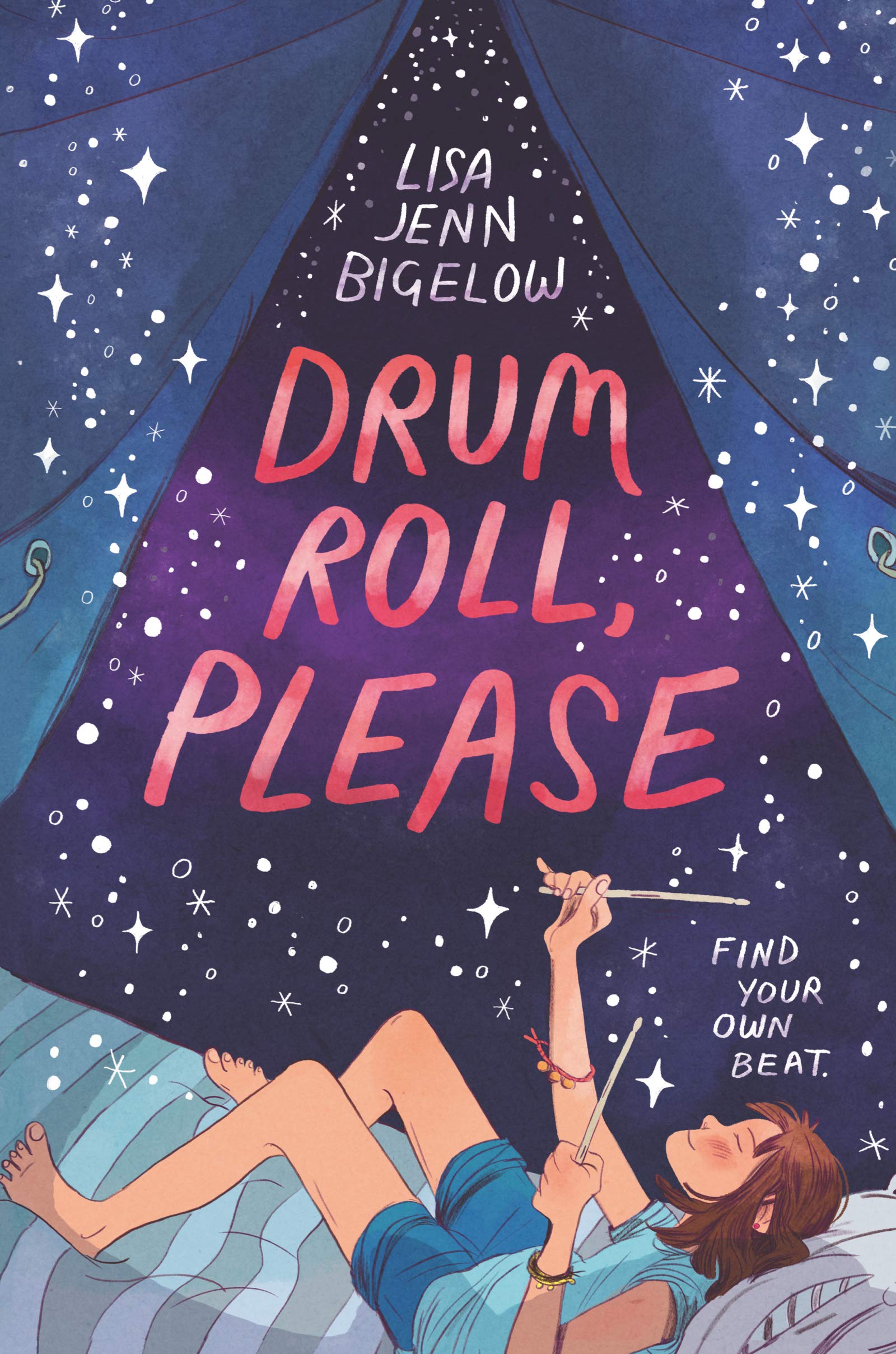 |
Drum Roll, Please by Lisa Jenn Bigelow Melly is feeling a lot of different emotions as she and her best friend Olivia head to Camp Rockaway for two weeks of music camp. As an introvert, she is already being forced way out of her comfort zone by playing her drums in front of complete strangers (not to mention just being in a camp full of complete strangers), and on top of that, her parents just told her that they are getting a divorce right before she left home. When Melly and Olivia are assigned to different bands, Melly’s life is turned upside down, but maybe, in the best way possible. Full of heart and spirit, this book is all about believing in yourself and persevering, finding love where you least expected to, navigating friendship when your best friend seems to take you for granted, and processing really hard and scary emotions when your world feels like it’s falling apart. And there are a lot of music puns! |
 |
Demitra recommends... |
|
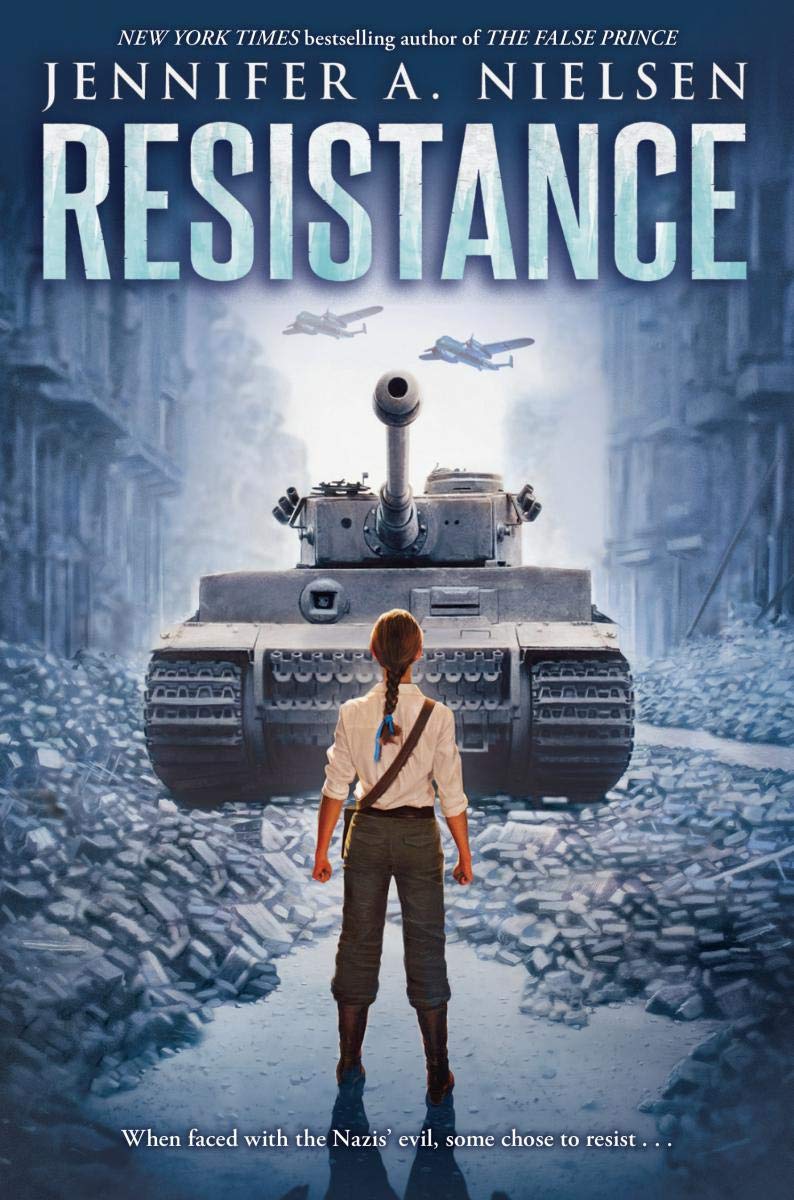 |
Resistance by Jennifer A. Nielsen Just wow. Resistance tells the story of Chaya Lindner, a Jewish teen that looks just aryan enough to get past authorities with forged papers as she moves through the ghettos of Poland to smuggle food and weapons in and perhaps smuggle people out. The tension in the story is palpable and you will find yourself reading at a breakneck pace to find out what happens next. Though the book is historical fiction, it incorporates real instances of the bravery, resilience and determination of the Jewish people as they fought to survive a force of people and beliefs that was set on seeing their utter destruction. If you are looking for your next WWII read, this is it.
|
 |
Allison recommends... |
|
 |
MaryJo recommends... |
|
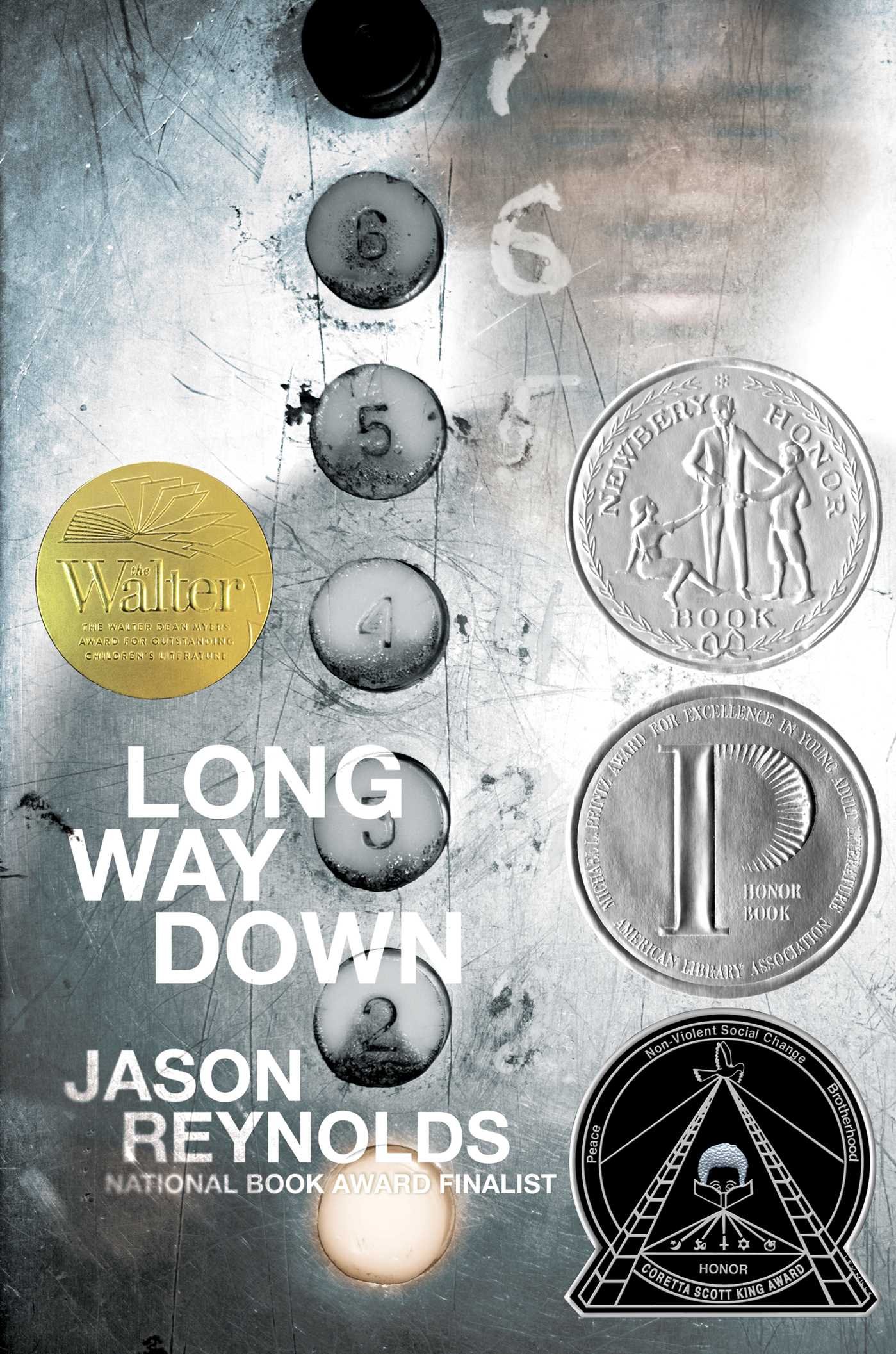 |
Long Way Down by Jason Reynolds Will witnesses his own brother Shawn’s death right in front of him. Gunned down by someone, and Will thinks he knows who. He also knows the rules of the neighborhood, one of them being, if someone kills someone you love, you have to get revenge. Will grabs Shawn’s gun, and takes the elevator down to follow the rules. But, on each floor, William is visited by ghosts of his past, and they all share their stories of gun violence. Will begins to contemplate his decision, and the rules of the neighborhood. Should he follow the neighborhood rule and avenge his brother’s death, even if that means there is no future for him? The entire story that takes place all in a 67 second elevator ride, and is a powerful, thought provoking story to tell. Readers will not be able to put this novel in verse down once they start. |
 |
Ann recommends... |
|
 |
Chris recommends... |
|
Looking for some personalized selections? Fill out this form and you’ll receive a customized list direct to your inbox!
We are excited to offer a brand new collection in Youth Services. Read-alongs are books that have an audio player built right into the book, so readers can listen to the audio recording as they page through the story.
The recording will play out loud through its built-in speaker, or readers can plug in their own headphones or earbuds to listen.
Picture books, nonfiction, beginning readers, and Spanish-language titles are all available now. Browse our full list to find your next favorite!
Watch this video to see how these books work:
Tip: Want personalized reading suggestions? Fill out this form and you’ll receive a customized list direct to your inbox!
 Youth Services Librarian Allison
Youth Services Librarian Allison
Watch "Friends Help Each Other/Daniel Helps O Tell a Story" on Kanopy Kids using your Barrington Area Library card number to log in, and come back to this blog post to enjoy some family activities that will enhance your child’s learning around the episode.
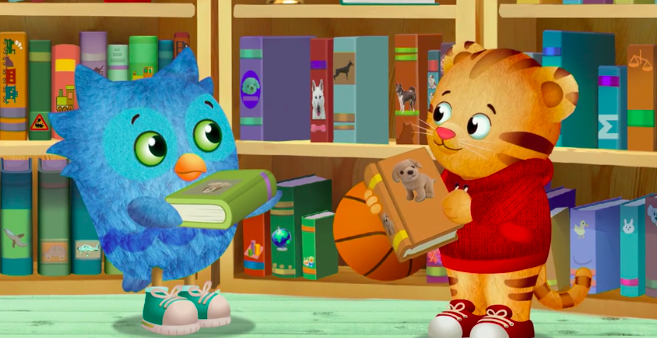
Here are some questions that will help you unpack some of the topics in the episode with your child.
“Friends Help Each Other”
- In this episode, Katerina accidentally knocks the tea set on the floor, and she is so sad that she thinks she ruined the party! Sometimes, things don’t always go as planned, but our friends and family can help us when we need it. Can you think of a time when something unexpected happened? How did that make you feel?
- When Daniel and Katerina are cleaning up, they turn it into a game. Can you think of a time where you turned a not-so-fun situation into a better one? What happened?
“Daniel Helps O Tell a Story”
- Daniel is so excited that O will read to him since Daniel doesn’t quite know how to read yet. Has anyone ever done this for you? Talk about one of your favorite read-aloud memories with your loved ones. Ask them what their favorite read-aloud memory is too!
Below are some other activities to try as a family.
- Use some blankets and pillows (or whatever supplies you’d like) and make a cozy reading nook to hang out in while you read together!
- Check out a wordless picture book at the library and take turns telling stories with your family.
- Read a book together and pretend like the last page (or couple of pages, or chapter) is missing, just like in the episode. How do you think the book should end? Make up your own ending with your family.
- Check out our new Early Learning Kit all about mindfulness!
- Sign up for Little Kids, Big Feelings on Tuesday, September 29 at 10am where we will read a book about worry and practice some breathing and mindfulness exercises!
- Subscribe to the BStrong Together newsletter for tips and tools every week to enhance your child’s health and well-being, and check out their self-care calendars for parents and tweens + teens.
- Parents + caregivers: Interested in learning more about emotional health? Sign up for the Keep it Real: Permission to Feel Book Club, in collaboration with BStrong Together, starting on Tuesday, September 22 at 7:30pm.
 Youth Services Assistant Librarian Stefanie
Youth Services Assistant Librarian Stefanie
Bring home a fun new project! You can now register to pick up a Take-and-Make Kit from the Youth Services desk or through Parking Lot Pickup. Here are the instructions for each kit:
Toddlers and Preschoolers: Spray and Drip Painting

Materials provided for Spray and Drip Painting:
● Watercolor paper (3)
● Spray bottles filled with liquid watercolor paint (3)
● Pipettes (3)
● Empty plastic containers (3)
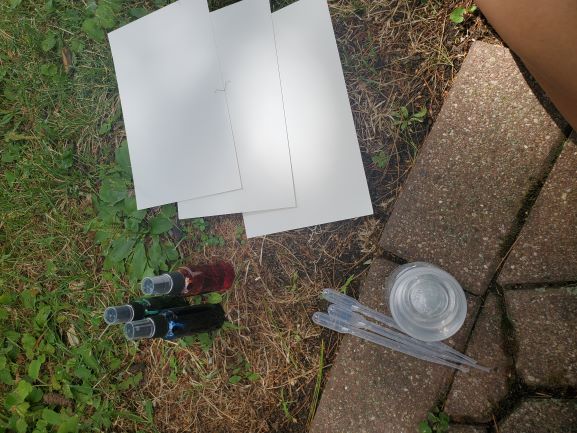
Spray (Bottle) Painting: help strengthen grip and control while having fun spray painting with a
spray bottle!
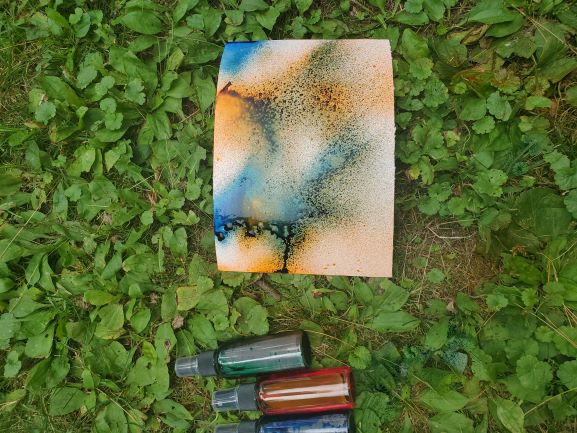
Directions:
● Arrange the watercolor paper in an area that you envision best for this activity- We
highly recommend somewhere outdoors! (Outside on the grass, thumbtacked to a tree,
clipped to an art easel).
● Provide your child with the prefilled squirt bottles and let them go to town!
● You will need to allow this to dry. We recommend leaving it in grass and placing rocks
around the edges to avoid it blowing away.
Drip Painting: Using pipettes is a great way to strengthen fine motor skills and help get little
hands ready for writing.

Directions:
● To use the pipettes, pour some of the liquid paint (found in the squirt bottles) into the
plastic cups.
● Squeeze pipette, place squeezed pipette in paint cup, release finger grip to suck up paint
● Squeeze pipette over paper to release paint.
Extras!
Looking to turn this into an educational activity?
- Add letters or numbers for your child to spray or drip on as you call them out. This
activity would be great for letter recognition, letter sounds, hand grip, fine motor
control, and following directions.
*Adding water to the liquid watercolor paint will give you more paint but less vibrant colors.
Grades K-2: Tissue Paper Painting
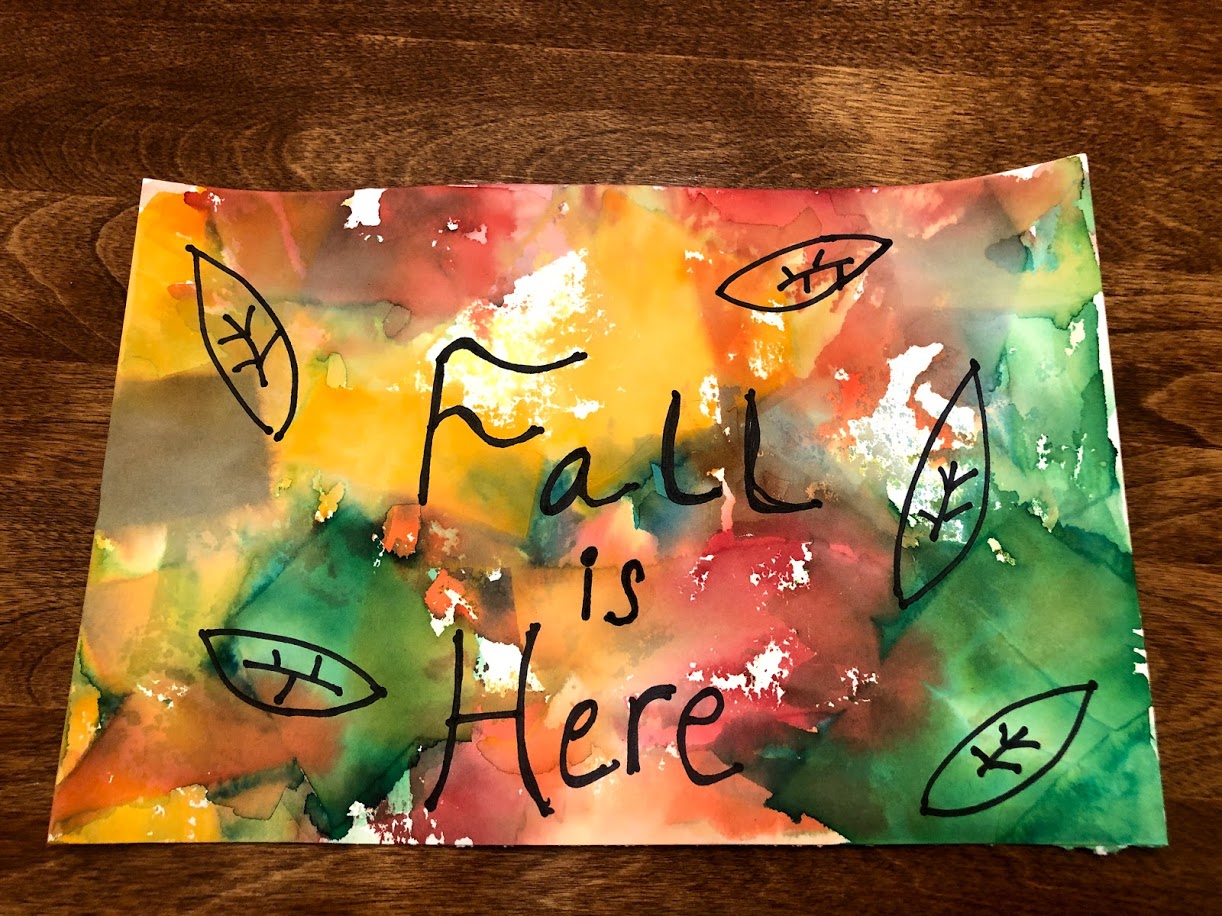
Things you will need in addition to the items in the kit:
-cup of water
-scissors
Directions:
1. Take the items out of the box.
2. Cut the colored tissue paper into smaller shapes. A variety of sizes and shapes will make your artwork more interesting!
3. Arrange your tissue paper shapes onto one of the white watercolor papers.
4. Use your paintbrush to apply water all over the tissue paper. Make sure to get everything nice and wet so the colors bleed through.
5. Wait for the paper to dry.
6. Remove the now dry tissue paper from the watercolor paper and discard.
7. Enjoy your watercolor masterpiece as is or...
8. Use the watercolor art as a background for more art with your black permanent marker!
Grades 3-8: Kindness Rocks

1. Take your rocks, markers, mandala stencils, and phrases out of the box.
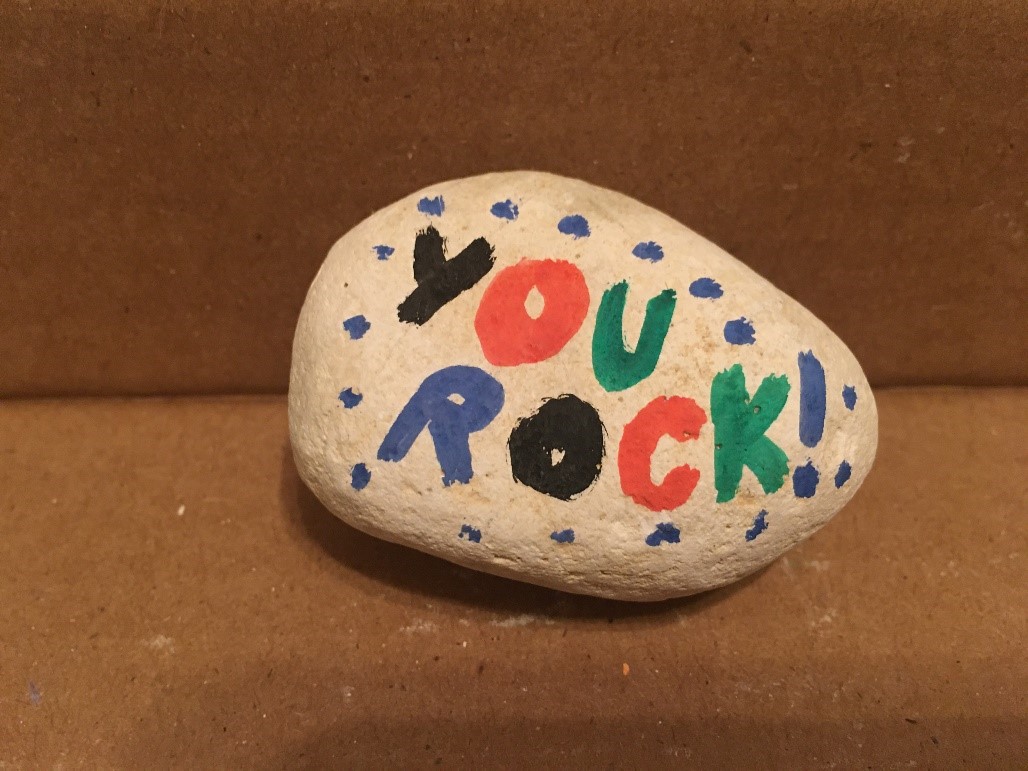
2. Take some inspiration from the phrases sheet and use the markers to write something nice to a loved one…
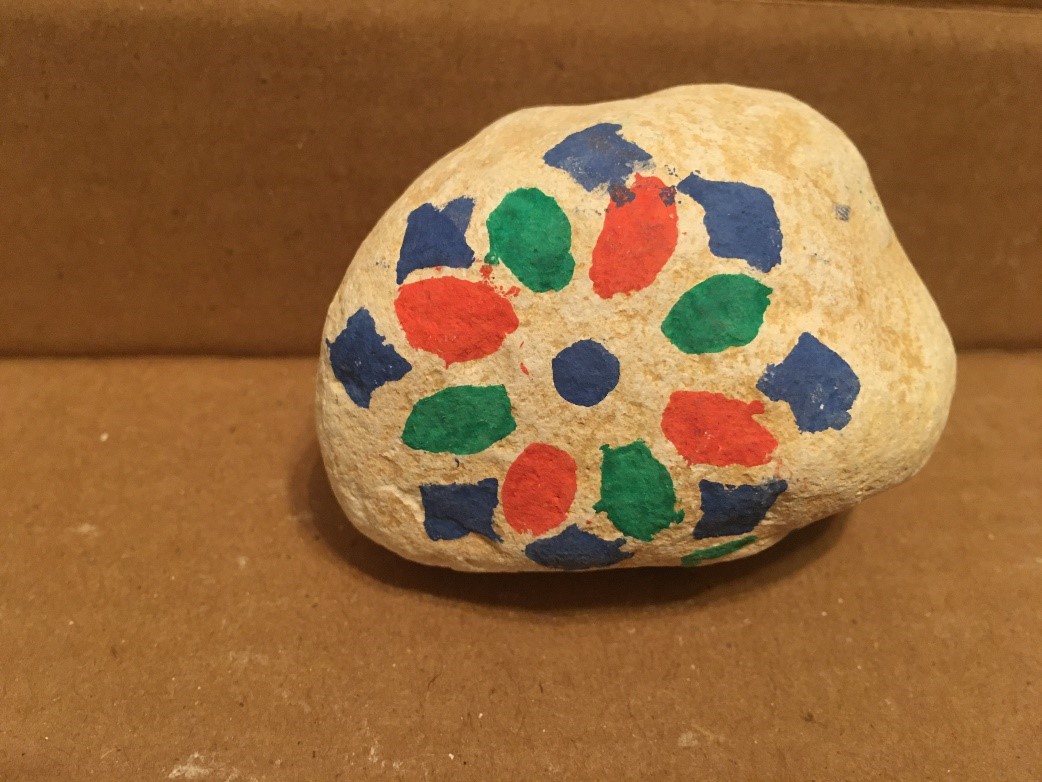
3. …use the mandala stencils to make a calming design…
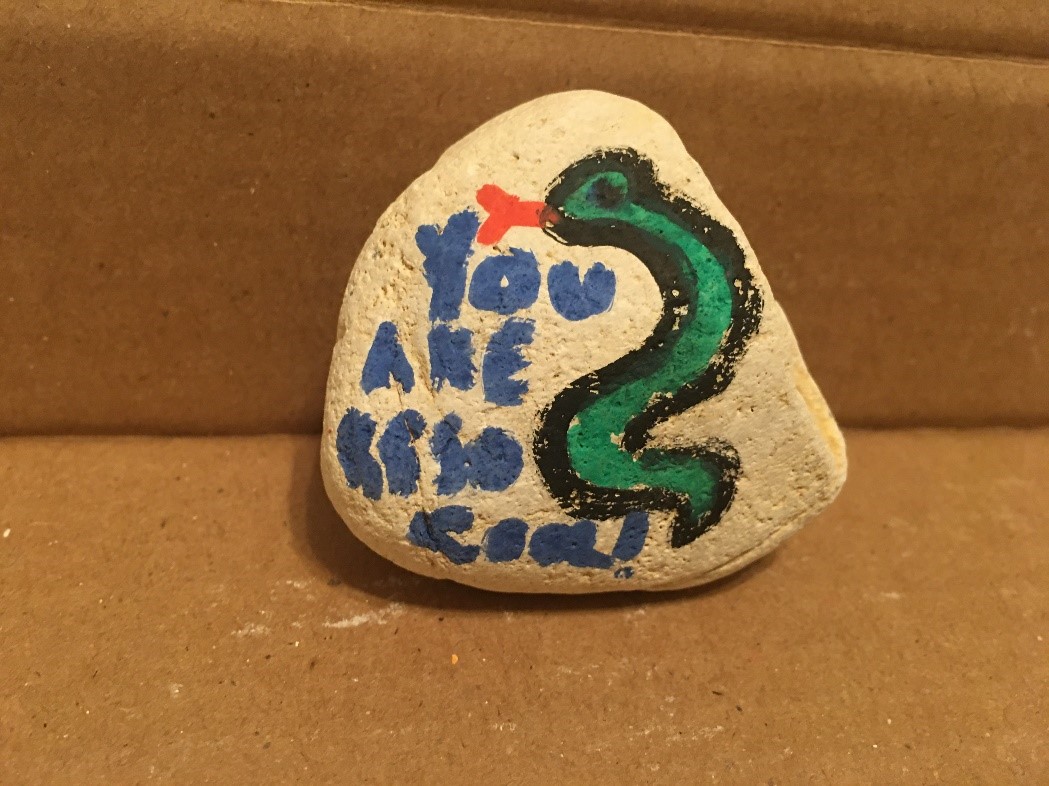
4. …or just draw something silly and sweet to give to a pal.

5. There’s only one rule for making kindness rocks: do it with kindness!
6. Once you’ve made a kindness rock, give it to someone you care about.
 Youth Services Assistant Librarian Alyssa
Youth Services Assistant Librarian Alyssa
We live in an unusual, sometimes frightening time, and it’s only natural that your little one may be a little stressed out. Now that school is back in session, that stress may have doubled -- but don’t worry! Here are 5 fun, anxiety-busting activities the whole family will enjoy.
1. Calm Down Jars
Using warm water, glitter, glue, and a jar, kids can create a simple sensory object that can aid in stress reduction. Children can focus on the dancing glitter, practice deep breathing, or simply distract themselves by shaking the jar. Calm down jars offer a simple introduction to mindful practice -- consciously focusing on a present moment or object without worrying about the looming, larger concerns in your life.
2. Worry boxes
Worry boxes are exactly what they sound like -- kids can make little boxes, write down their worries, and put those worries away in the box. This symbolic exercise affords children a sense of control over their anxieties, allowing them to create boundaries for intrusive thoughts and stressors and putting them out of sight for a while… and maybe out of mind, too.
Slime isn’t just fun to play with -- it can be therapeutic, too. Manipulating slime can be an enjoyable source of sensory stimulation for little ones.
Playing with slime can also give children a sense of control over their environment. COVID totally transformed the way children interact with their peers and environment -- it changed what behaviors are acceptable or unacceptable, where they can go, who they can be around, etc. -- and retaining a semblance of control can help ease a troubled mind.
Plus, slime is just fun.
Blowing bubbles can help children practice deep breathing, which regulates anxiety. Bubbles can’t be formed by sharp, violent exhalations; they can only form when the blower is gentle and deliberate. This simple deep breathing exercise can help children regain a sense of control over their own physiological response to anxiety or stress.
Kids -- and adults -- can also visualize their anxieties flowing into the bubble. When the bubble pops and disappears, so does the image of whatever’s bothering the blower.
5. Coloring
Children can use coloring as a gateway to mindful practice: when you color, you give in to “the moment” and shut out big, intrusive thoughts as you devote yourself to this simple activity. Extraneous thoughts are pushed to the side, allowing children to “meditate” while coloring.
Looking for more fun activities? We’ve got you covered:
- 8 Activities for Treating Anxiety in Children
- 10 Therapist (and Child)-Approved Activities to Support Kids with Anxiety
- 31 Days of Sensory Play Ideas. Kid Approved!
Why these activities can help:
- 9 Reasons Kids Calm Down Coloring
- Amazing Benefits of Making Slime with Kids
- Blow Anxiety Away on a Bubble
- What Is Mindfulness Coloring?
- Why is my kid obsessed with slime?
- Why Putting Worries in a Box (or Jar) Calms Anxious Kids
 Youth Services Librarian Chris
Youth Services Librarian Chris
There are lots of articles about all the many things you ought to be doing to raise a smart, successful, independent, empathetic, basically perfect human being. This is not one of those articles! I’m happy to tell you that raising a reader is not an intimidating challenge, and you are already doing it better than you think. In fact, I bet you’re crushing it! Here are the five activities that prepare a child to learn to read in the first five years of their life.
1. Read
Research shows that reading even to babies is beneficial for their brain development. But reading to babies, and especially to walking toddlers, can be very difficult. Some children take to books like cats to cream; while others… not so much! It doesn’t mean you should be worried, or that you should force a child to read when they would rather toddle around or play with a ball. Here are some other ways to share “reading”:
- Keep board books available along with toys as a part of play time.
- Let your child flip through the pages, even if it’s too fast for you to read the words. They are learning how a book “works,” which is important, too!
- Point and identify ANY words or images, even outside of books. You are teaching your child that pictures mean something, which is the basic building block of reading.
- Pick up a book - one from your shelf, or even one of your child’s - and quietly read in front of your young child, even for a few minutes. Demonstrate that it’s a valuable part of your life.
- Come to one of our story times! We will share fun and new-to-you books, as well as songs and rhymes that you can do at home.
2. Talk
The more sounds and words your child hears, the better equipped she is to start pulling from that bank of phonemes when she starts learning how reading works. You’re also giving your little one the chance to practice the oh-so-important back-and-forth rhythms of conversation, even if they are just babbling with you, like in the video below. Sometimes it can be exhausting to think of things to talk about with your baby or toddler - try narrating whatever you’re doing. For instance, driving, cooking, cleaning, playing.
3. Play
Play is physical, mental, emotional, and social. It’s practice for all of life, including reading. Playing with small objects develops fine motor skills needed for holding books, turning pages, and writing letters. Playing with anything enhances critical thinking - think about cause & effect (block towers knocked down!), object permanence (peek-a-boo!), and problem solving (puzzles!) - all of which will become more abstract as reading comprehension and narrative skills develop. Playing in an imaginative way increases a child’s understanding of emotions (playing “bad guy” and seeing the consequences on someone else) and narrative structures (First, this happens, then….). There’s SO MUCH benefit to play, and thankfully kids need no encouragement from us to do it. But adult facilitation can add much to play, even just the bonding that naturally happens through enjoyable shared experiences.
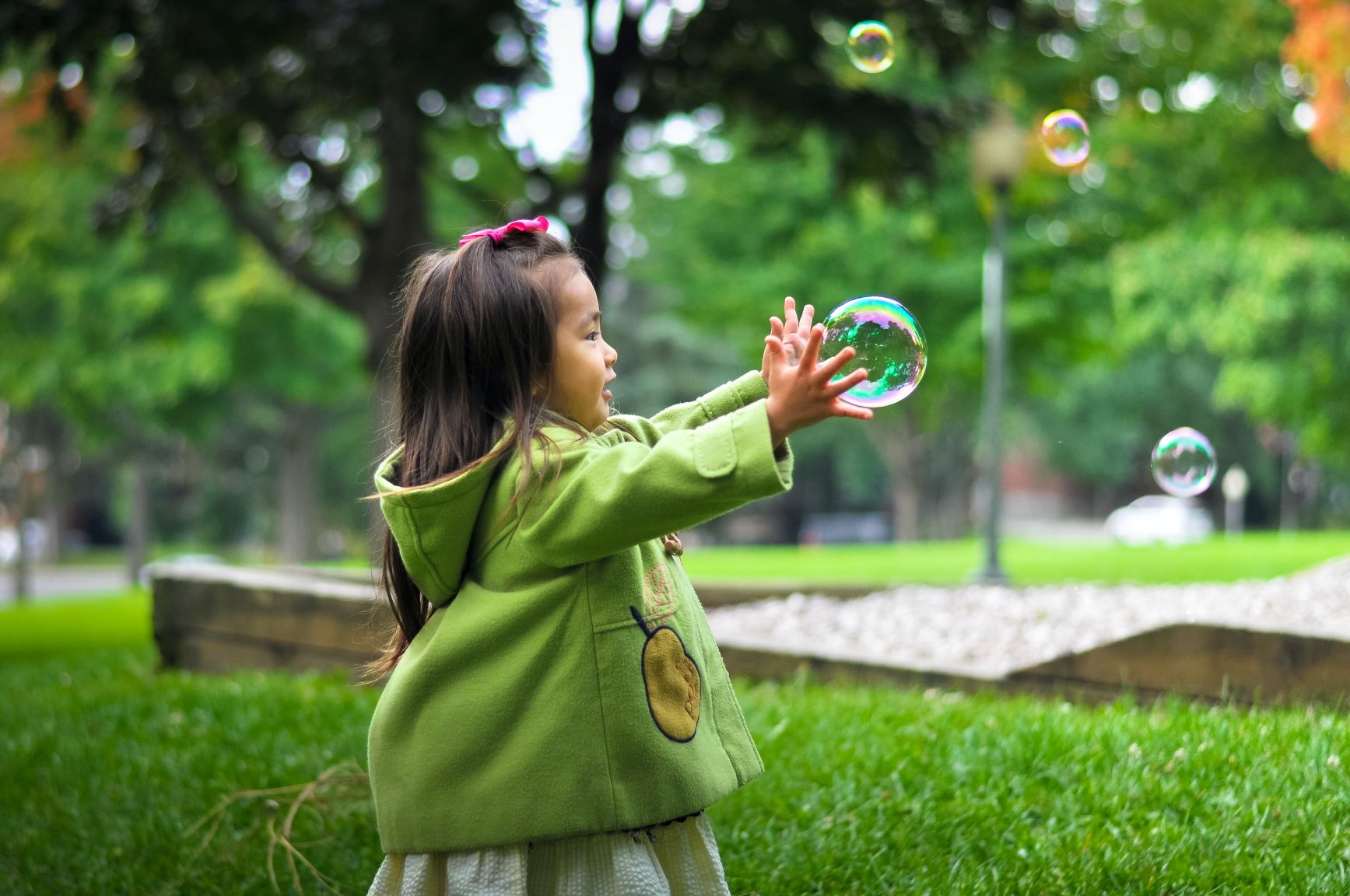 |
Photo by Leo Rivas on Unsplash
4. Sing
Any kind of music can be beneficial to a baby’s development, but singing is in particular a valuable pre-literacy activity because it slows down our speech. Pairing a note with a sound and a beat gives little brains more time to process phonemes. (Sing “Mary Had a Little Lamb” in your head, and you’ll notice how each syllable gets its own separate note.) Babies don’t care if you’re tone-deaf, so sing with abandon. (Though if you just can’t stand the sound of your voice, try saying the lyrics on beat.) Songs often have the added benefit of rhyming, which gives little brains more opportunities to hear and connect similar sounds.
5. Write
Don’t panic: your 2-year-old should not be writing their name yet! Writing as a pre-literacy activity just means preparing your child for the eventual fine-motor skills that will be required to grasp a pencil and create recognizable letters on a page. It really means strengthening little finger muscles! Here’s what “writing” might look like:
- Grasping or sorting small objects
- Fingerplay rhymes & games
- Baby sign language
- Playing with or using crayons, markers, glue sticks, chalk, etc.
- Tracing lines or letters
|
|
In all likelihood, you recognize at least a few of these activities in your daily life with a very young child. Pat yourself on the back - you are doing it! You are raising a reader!
 Youth Services Librarian Allison
Youth Services Librarian Allison

Earlier this year, we shared some books and resources to help your families unpack racism and the injustices that have deep roots in our society. These conversations are crucial in creating a more loving and compassionate world, and equally important are stories that amplify Black joy. It is not enough to share the pain and suffering that Black folks experience--we also need books that depict the beauty of Blackness. Not only do Black children need to see themselves reflected in the stories they read, but it's also necessary for all children, especially white children, to learn about the varied experiences and identities around them.
This idea can be explained by the term “mirrors and windows,” which was coined by Dr. Rudine Sims Bishop, Professor Emerita of Education at Ohio State University. Bishop describes this perfectly in her essay “Mirrors, Windows, and Sliding Glass Doors:”
“When children cannot find themselves reflected in the books they read, or when the images they see are distorted, negative, or laughable, they learn a powerful message about how they are devalued in the society of which they are a part. Our classrooms need to be places where all the children from all the cultures that make up the salad bowl of American society can find their mirrors.
Children from dominant social groups have always found their mirrors in books, but they, too, have suffered from the lack of availability of books about others. They need the books as windows onto reality, not just on imaginary worlds. They need books that will help them understand the multicultural nature of the world they live in, and their place as a member of just one group, as well as their connections to all other humans."
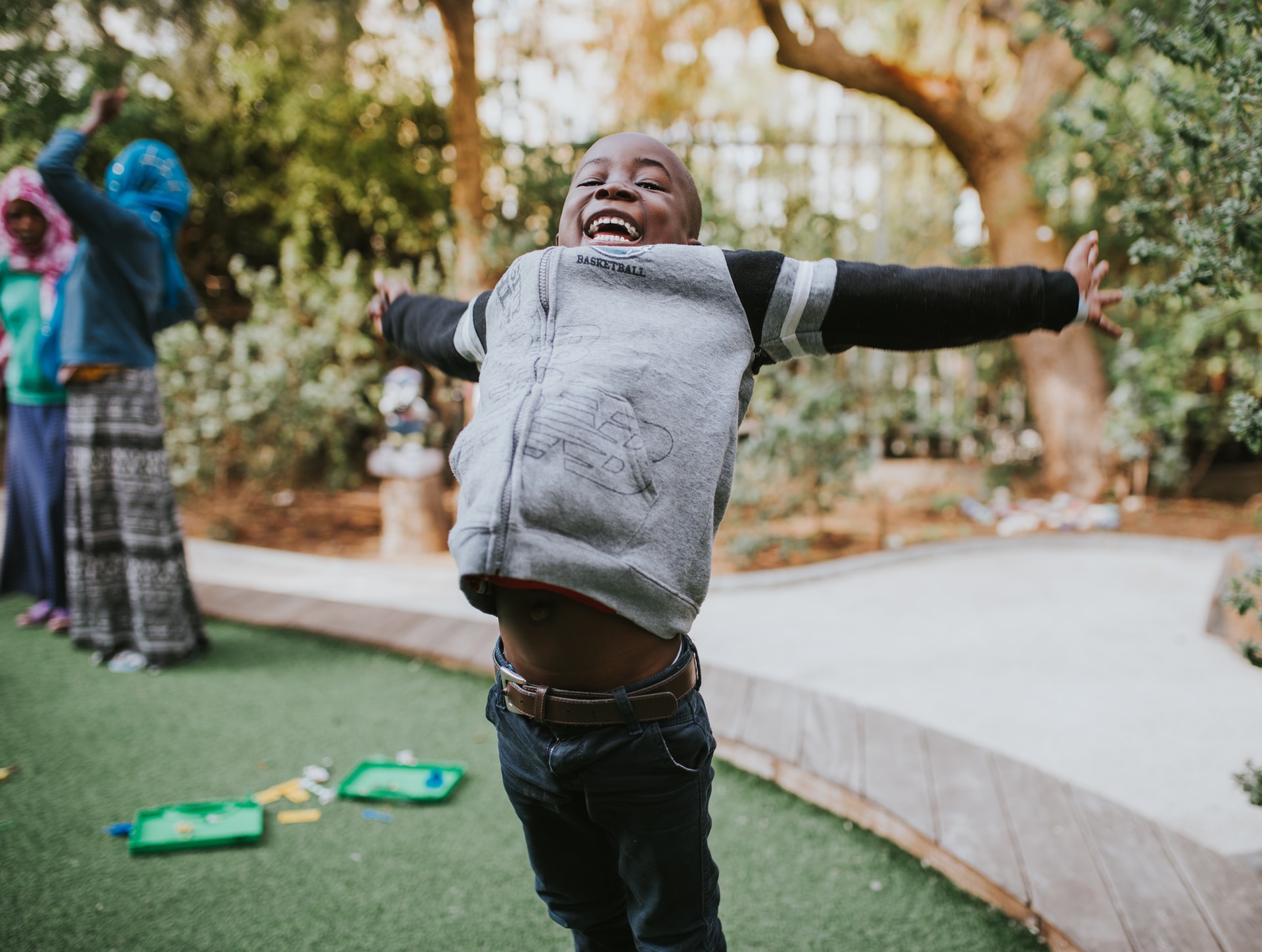
I hope that the following books provide some mirrors and/or windows for all of the beautiful children in your life.
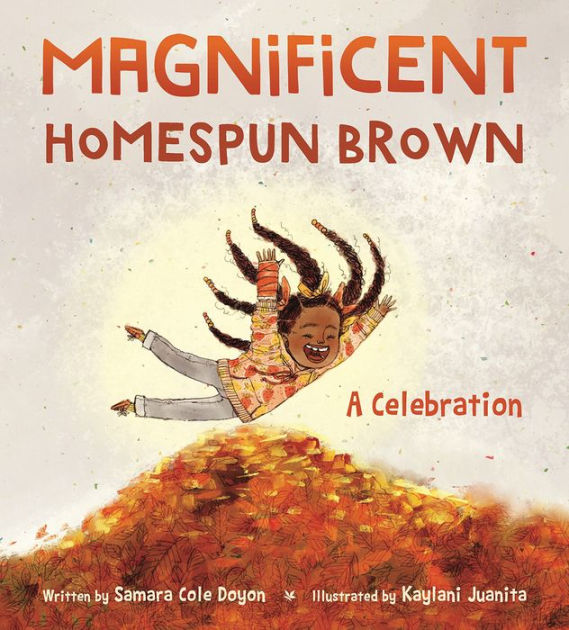 |
Magnificent Homespun Brown: A Celebration by Samara Cole Doyon, illustrated by Kaylani Juanita An inspiring, poetic ode to many different shades of brown, full of gorgeous imagery evocative of autumn. |
 |
Black is a Rainbow Color by Angela Joy, illustrated by Ekua Holmes A child is disheartened when it sinks in that Black is not a color associated with a rainbow, but they go on to find that Black is not just a color that describes everyday things such as a crayon, a feather, or a wheel on a bike. Black is so much more: it is rhythm and blues, it is a culture and history, it is community, and it is power and beauty. A must-read, this captivating book can be used as a primer to open up conversations about a myriad of movements and historical figures. |
 |
Your Name is a Song by Jamilah Thompkins-Bigelow, illustrated by Luisa Uribe On the first day of school, a young girl’s name keeps getting stuck in her teacher’s mouth, and none of her classmates can pronounce it either. Feeling dismayed, her mother tries to cheer her up by teaching her that her name is a song, and that anyone’s name can be sung with a beautiful melody. She is strengthened by this knowledge, and works up the courage to share her song with her class. This book will have you singing your name and the names of your loved ones all day long! |
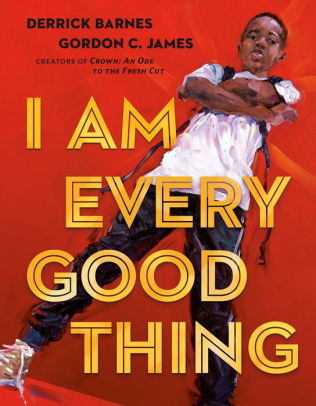 |
I Am Every Good Thing by Derrick Barnes, illustrated by Gordon C. James The newest picture book from the team who brought us the award-winning Crown: An Ode to the Fresh Cut. This radiant love letter affirms that Black boys are full of possibilities and that they are indeed “every good thing.” |
 |
My Hair is a Garden by Cozbi A. Cabrera Mackenzie has not had the best relationship with her hair growing up. Her classmates have also been pretty cruel and often tease her about it. One day, she finds refuge at her neighbor, Miss Tillie’s house. Miss Tillie teaches her that her hair is like a garden--if she nourishes it with love and care, and weeds out all the negative thoughts and insults, it will grow into something beautiful and bountiful. And be sure to check out Cabrera's newest book, Me & Mama, coming to the library soon! |
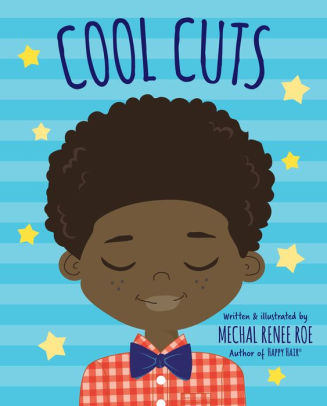 |
No matter what kind of cool cut you rock, a high-top, curls, or lively locs (to name a few), this book will remind you that you were born to be awesome! |
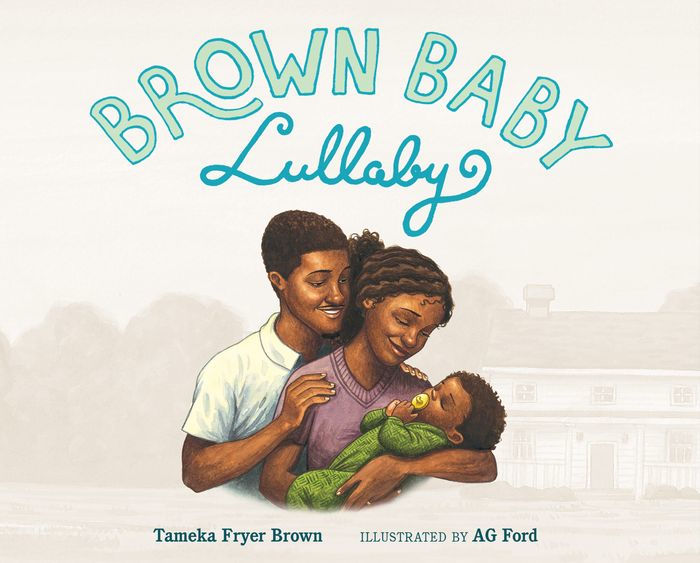 |
Brown Baby Lullaby by Tameka Fryer Brown, illustrated by A. G. Ford Journey through a day in the life of a sweet brown baby in this cozy, heartwarming book. A perfect bedtime story for all kinds of babies. |
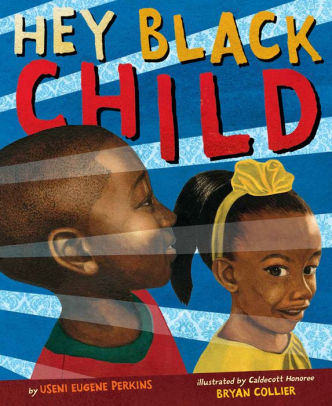 |
Hey Black Child by Useni Eugene Perkins, illustrated by Bryan Collier Useni Eugene Perkins's classic poem has been brought to life by the incomparable Bryan Collier to create an uplifting love letter to every Black child. |
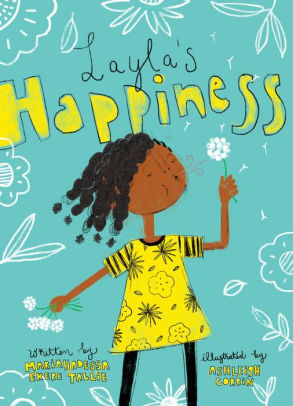 |
Layla’s Happiness by Mariahadessa Ekere Tallie, illustrated by Ashleigh Corrin Layla shares all of the things that make her happy, including dancing in the garden with a ladybug on her finger, feeding her chickens, and reading poetry with her mom. Layla will help you to see the bright side of life, and encourage you to think of all the things, little and big, that give you that warm, fuzzy feeling inside. |
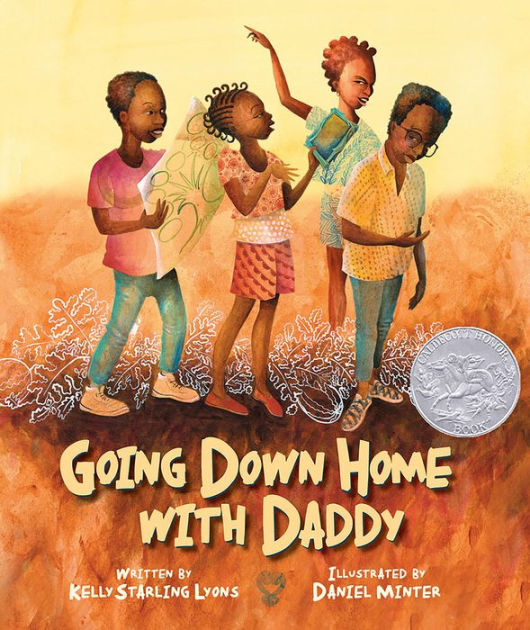 |
Going Down Home With Daddy by Kelly Starling Lyons, illustrated by Daniel Minter A gorgeously illustrated story about a family who travels south for a family reunion at their grandmother’s house, each of them preparing a unique and personal tribute to their family history. |
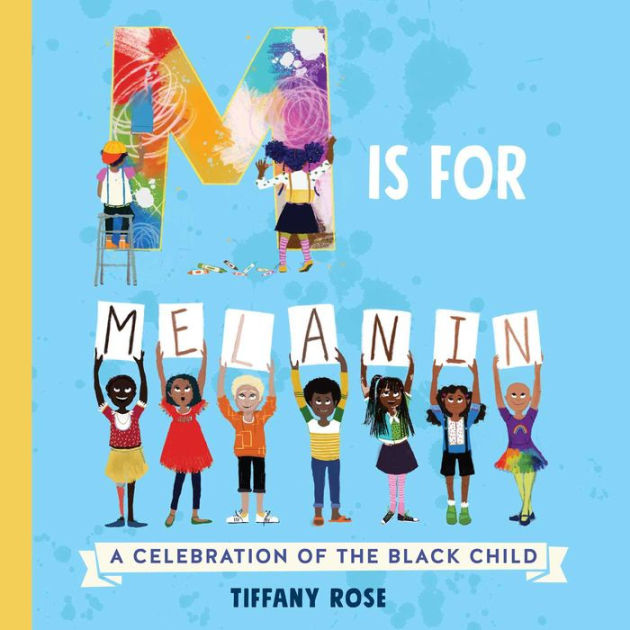 |
M is for Melanin: A Celebration of the Black Child by Tiffany Rose An alphabet book full of affirming messages celebrating Blackness. |
 |
I Believe I Can by Grace Byers, illustrated by Keturah A. Bobo An empowering book full of beautiful affirmations around self-worth, making mistakes and trying again, and always believing in oneself. |
 |
Black Girl Magic by Mahogany L. Browne, illustrated by Jess X. Snow Mahogany L. Browne’s famous poem that pushes back on stereotypical notions of Black girlhood, is now accompanied by striking illustrations and infused with magic on every page. Most appropriate for older elementary and teen readers. |
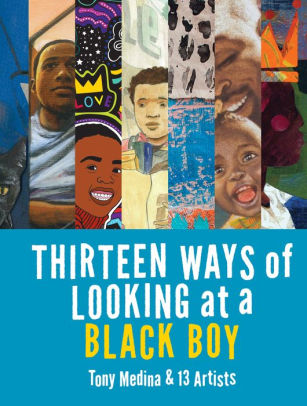 |
Thirteen Ways of Looking at a Black Boy by Tony Medina Dedicated to “Black and Brown children/whose every breath is affirmation,” this is a beautiful anthology of poems with accompanying illustrations representing the many varied experiences and ways of being a Black boy in this world. |
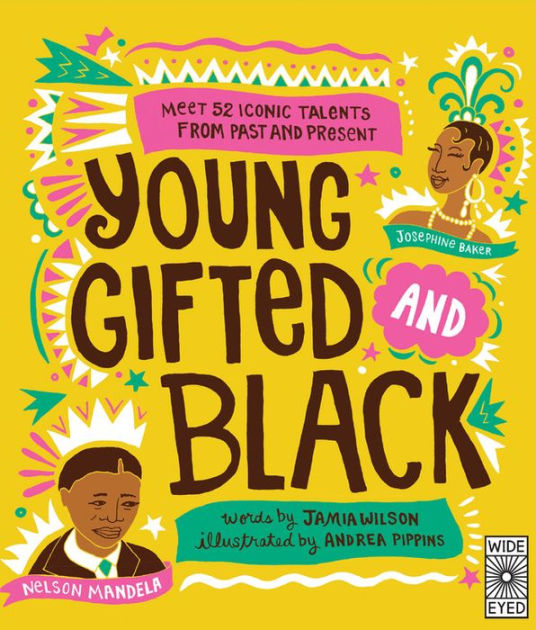 |
Vibrant and illuminating, this book celebrates Black heroes, from Bessie Coleman, Harriet Tubman, and Madame C.J. Walker, to modern icons like Esperanza Spalding, Solange, and Ava Duvernay. |
 Youth Services Assistant Librarian Stefanie
Youth Services Assistant Librarian Stefanie
Do you like sports? History? Poetry? We've got you covered!
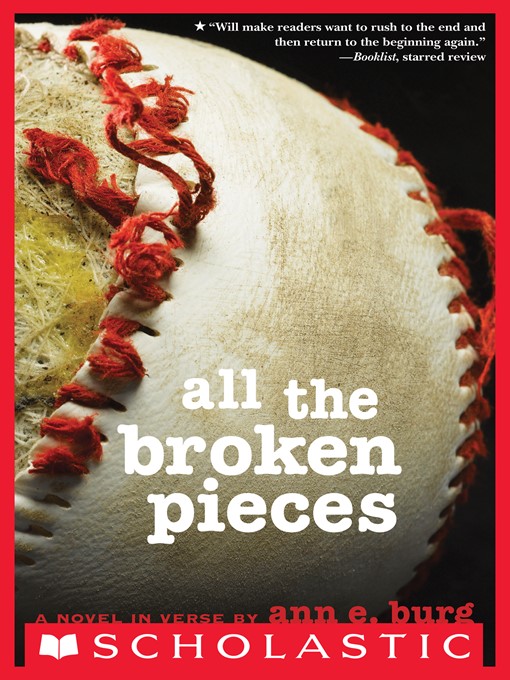
All the Broken Pieces by Ann E. Burg
1970s. After being abandoned by his American father, given up for adoption by his Vietnamese mother, and airlifted out of war-torn Vietnam, Matt Pin has a lot to think about: where does he belong? Who is he? Should he feel guilty for escaping the chaos of his childhood? Haunted by these questions -- and nightmares -- Matt turns to baseball and music for comfort. All the Broken Pieces is a beautiful story about healing and self-acceptance. Historical fiction, sports fiction.
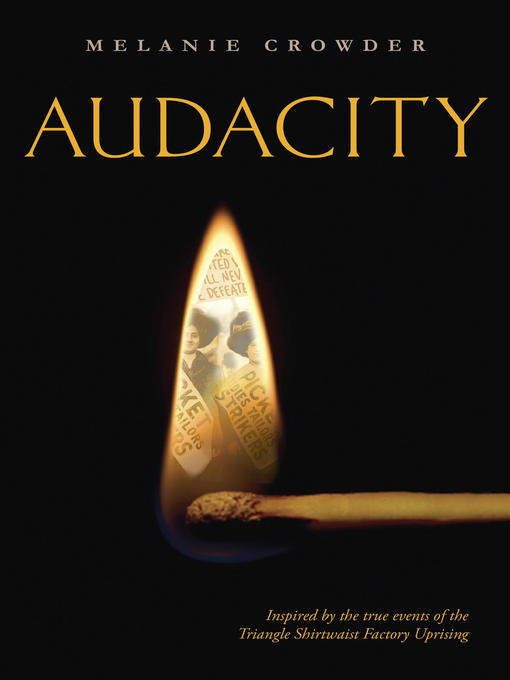
1900s. Inspired by a true story. Clara Lemlich has just emigrated to New York from Russia with her family, and despite the disapproval of her family has just gotten a job at a garment factory. The factory workers are treated terribly, and told that they don't have rights... but Clara refuses to accept this, and decides to stand up for what's right. Clara ends up inspiring the largest woman-led workers' strike in United States history, forcing the factories to treat their employees with dignity and respect. Historical, narrative non-fiction.
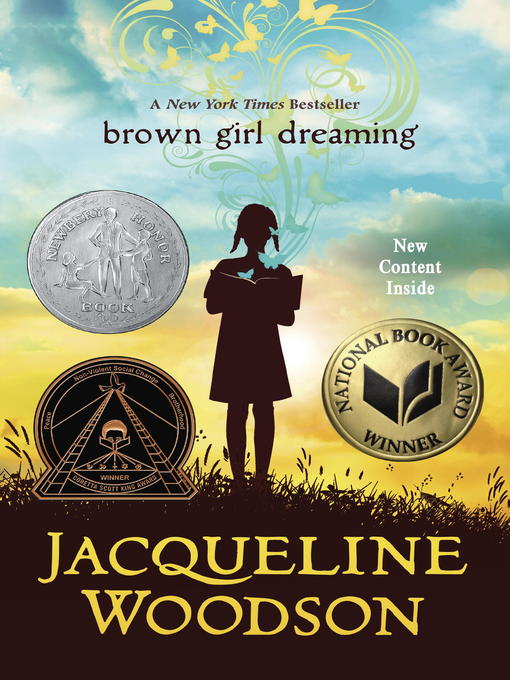
Brown Girl Dreaming by Jacqueline Woodson
1960s and 70s. Inspired by the author's own experiences. Jacqueline's parents have split up, and now she feels split in two, as well. On one hand, Jacqueline spends time in South Carolina with her grandparents, where she experiences the evils of Jim Crow firsthand; on the other hand, she gets to spend time in New York, where things aren't as bad. Jacqueline must learn how to bridge the gap between her vastly different experiences and find her place in the world. Historical, autobiography/memoir.
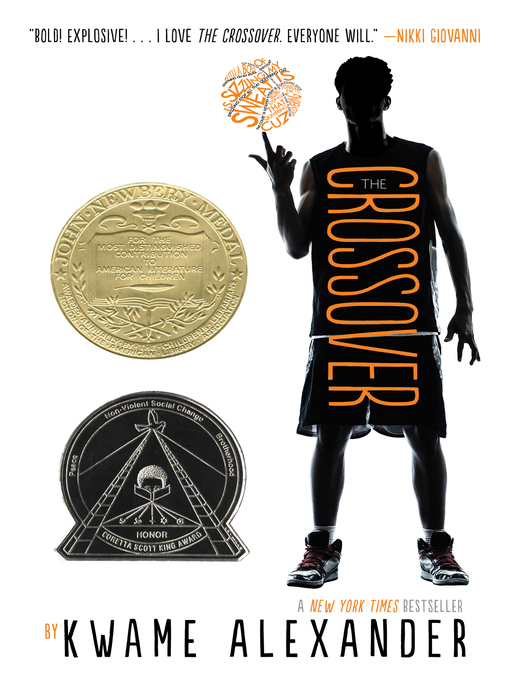
The Crossover by Kwame Alexander
2010s. Josh Bell loves basketball. He lives for basketball. So does his twin brother, Jordan. Despite being star players on the basketball court Josh and Jordan face a lot of new obstacles: they've just started middle school, they both have feelings for the same girl, their father is ignoring his failing health... and, despite their love for the game and each other, the brothers are starting to drift apart. Will things ever be the same? Will Josh and Jordan ever see eye-to-eye again? Read and find out! Sports fiction.

Under the Broken Sky by Mariko Nagai
1940s. Natsu and her little sister Cricket live with their father in Japanese-occupied Manchuria. Their happy, quiet life is shattered when their father is recruited by the Japanese Army. Things get even worse when the Soviet Army invades and forces them out of their home. Orphaned, homeless, and desperate, Natsu and Cricket embark on an adventure across China. A beautiful story about remaining strong even when it feels like the whole world is against you. Historical fiction.
Looking for some personalized selections? Fill out this form and you’ll receive a customized list direct to your inbox!
 Youth Services Librarian Chris
Youth Services Librarian Chris
Some kids are back to school, but technically summer’s not over yet! Enjoy this summery title about a lovable wannabe-farmgirl. Great for a family read-aloud, or an independent read for kids in grades 2-4.
Tip: subscribe to our Youth Services YouTube channel for more videos of book recommendations, story times, and activity how-tos.
 Youth Services Librarian Allison
Youth Services Librarian Allison
Looking for a fantastical escape? These books will whisk you away!

The Girl Who Drank the Moon by Kelly Barnhill
Every year, the people of the Protectorate leave a baby as a sacrifice for the forest witch, Xan, who shares her home with a wise Swamp Monster and a Perfectly Tiny Dragon. But she accidentally feeds one of the babies with moonlight, giving the girl extraordinary powers that have dangerous consequences when she turns thirteen. This is a beautiful fairy tale that feels like a modern classic!
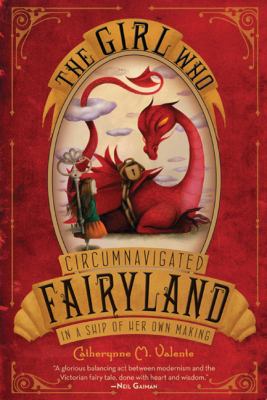
The Girl Who Circumnavigated Fairyland in a Ship of Her Own Making by Catherynne M. Valente
Meet 12-year-old September from Omaha, NE. She leads a very ordinary life until a Green Wind sweeps her out the kitchen window and ferries her to Fairyland, where her help is needed to defeat the Marquess, the new and unpredictable ruler of Fairyland. This book feels like Alice in Wonderland and Peter Pan all rolled up together for a fantastic adventure. Plus it’s the first in a five-book series.
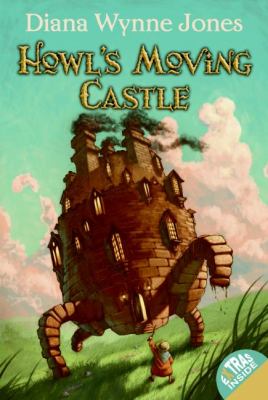
Howl's Moving Castle by Dianna Wynne Jones
When young Sophie Hatter is turned into an old woman by the Witch of the Waste, she seeks the help of the fearsome Wizard Howl and his fire demon Calcifer to break the spell. But Howl is not so fearsome as he’s led the land of Ingary to believe, and he needs Sophie’s help in turn to discover what’s happened to the prince who’s recently gone missing. Whimsical, fantastic, and with a touch of romance, you won’t be able to put this one down!
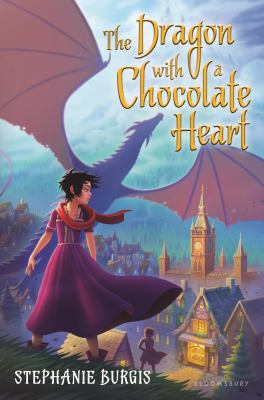
The Dragon With a Chocolate Heart by Stephanie Burgis
Have you ever met a dragon? Have you ever met a dragon who loves chocolate? Well, you’re about to! Aventurine is a brave young dragon who longs to explore the world outside of her family’s cave. But the world is a dangerous place for a dragon, and when she’s tricked into drinking an enchanted hot chocolate she’s turned into the most fearsome creature of all: a human. Now Aventurine has to figure out how to get back to her true form, as well as where she can get her hands on more delicious chocolate. This book is a fun journey that just might make you hungry!
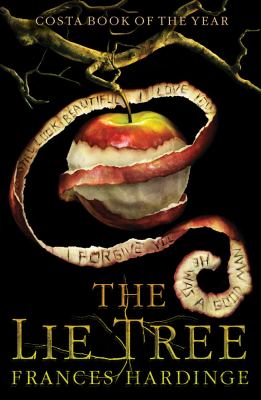
The Lie Tree by Frances Hardinge
This is a twisty page-turner of a book that takes place on the mysterious island of Vane. When Faith Sunderly’s scientist father is murdered, she discovers a tree that only bears fruit if you whisper a lie to it. When eaten, the fruit delivers a hidden truth. The tree just might be the key to unlocking the truth of Faith’s father’s murder—or may lure the murderer directly to Faith herself.
 Youth Services Assistant Librarian Alyssa
Youth Services Assistant Librarian Alyssa
Looking for an easy way to brighten the day of a loved one?
MAIL A HUG.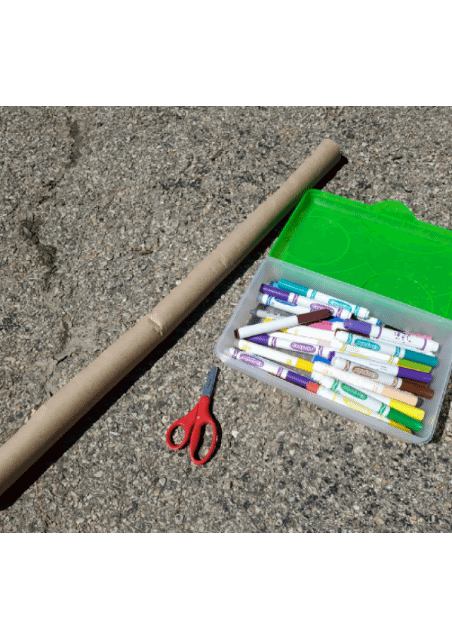
Supplies Needed:
- Butcher paper (alternatives: blank side of wrapping paper or opening up a large brown paper bag)
- Markers or crayons
- Scissors
- Stamp and envelope
Optional: Paper and pencil (to add a special note)
Directions:
- Spread out a long sheet of butcher paper.
- Trace child’s head, arms and torso on paper.
- Decorate.
- Cut out.
- Fold it up, put it in an envelope and mail it.
Optional message (create your own or use the one below):
“I miss you when you’re far away.
I’d love to see you every day.
But since I can’t come over to play,
I’m mailing you a hug today.
Although it might be quite a sight,
Wrap my arms around you tight.
Repeat daily to keep your smile bright,
Until we get to reunite!”
Looking for more fun activities? See Barrington Area Library’s upcoming events for kids.
 Youth Services Assistant Librarian Venessa
Youth Services Assistant Librarian Venessa

Here at the Barrington Area Library, we are big fans of escape rooms. Since, we can't hold an escape room at the library, we decided to create a virtual one! See if you can solve all of the puzzles, find the clues, and escape the library!
The escape room can be done individually or in a group. If you find you are having trouble, try the escape room as a family!
Ready to start? Click here to go to the escape room.
Looking for more fun activities? See a list of the library's upcoming events for kids.
 Youth Services Librarian Ann
Youth Services Librarian Ann


